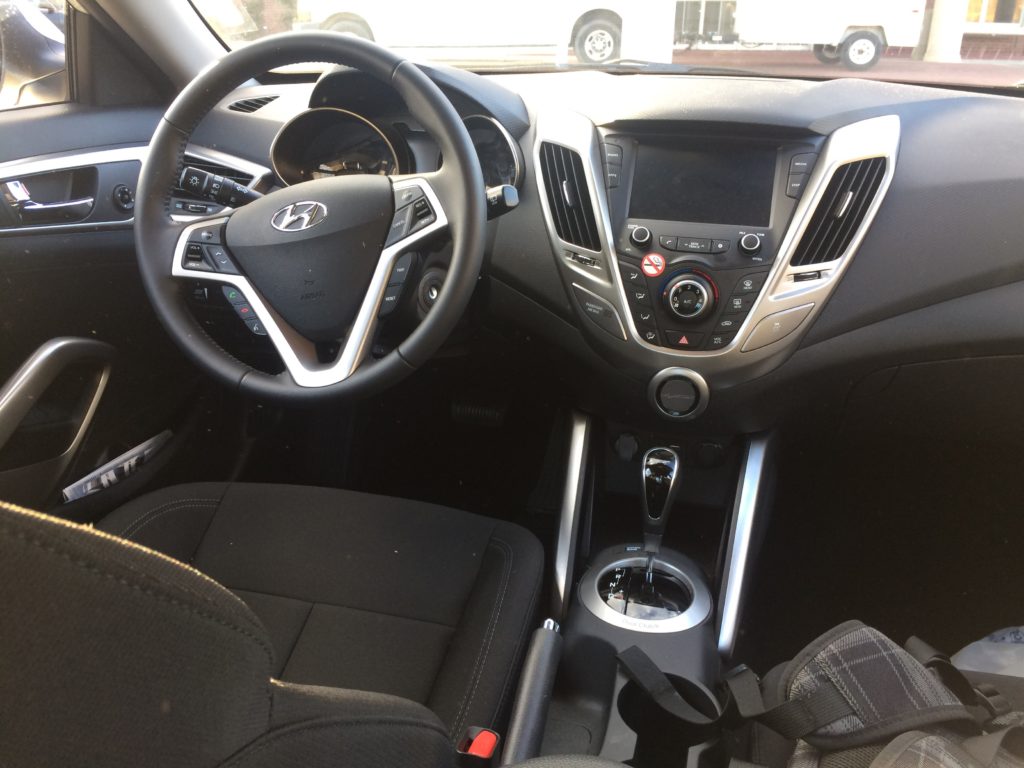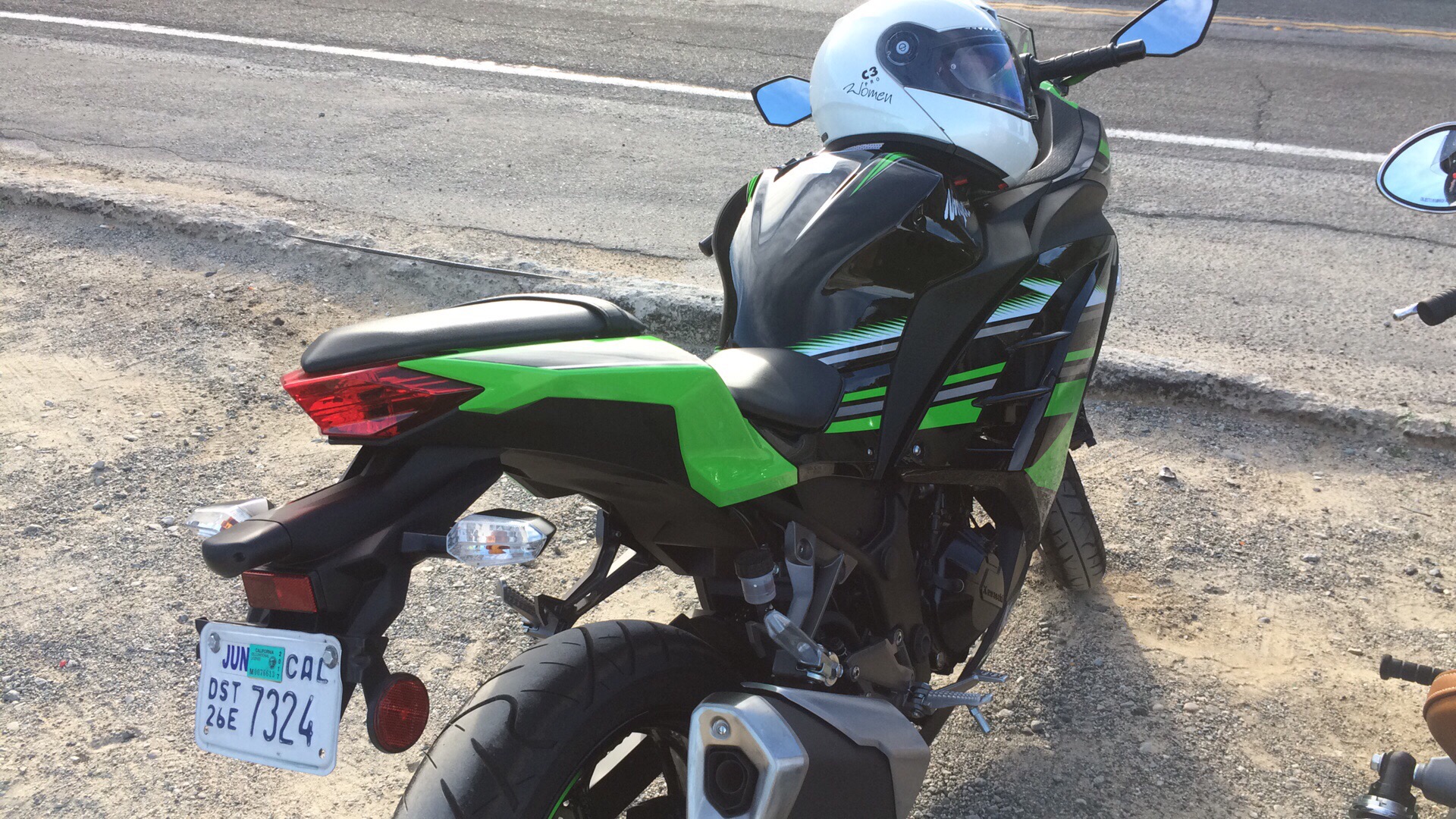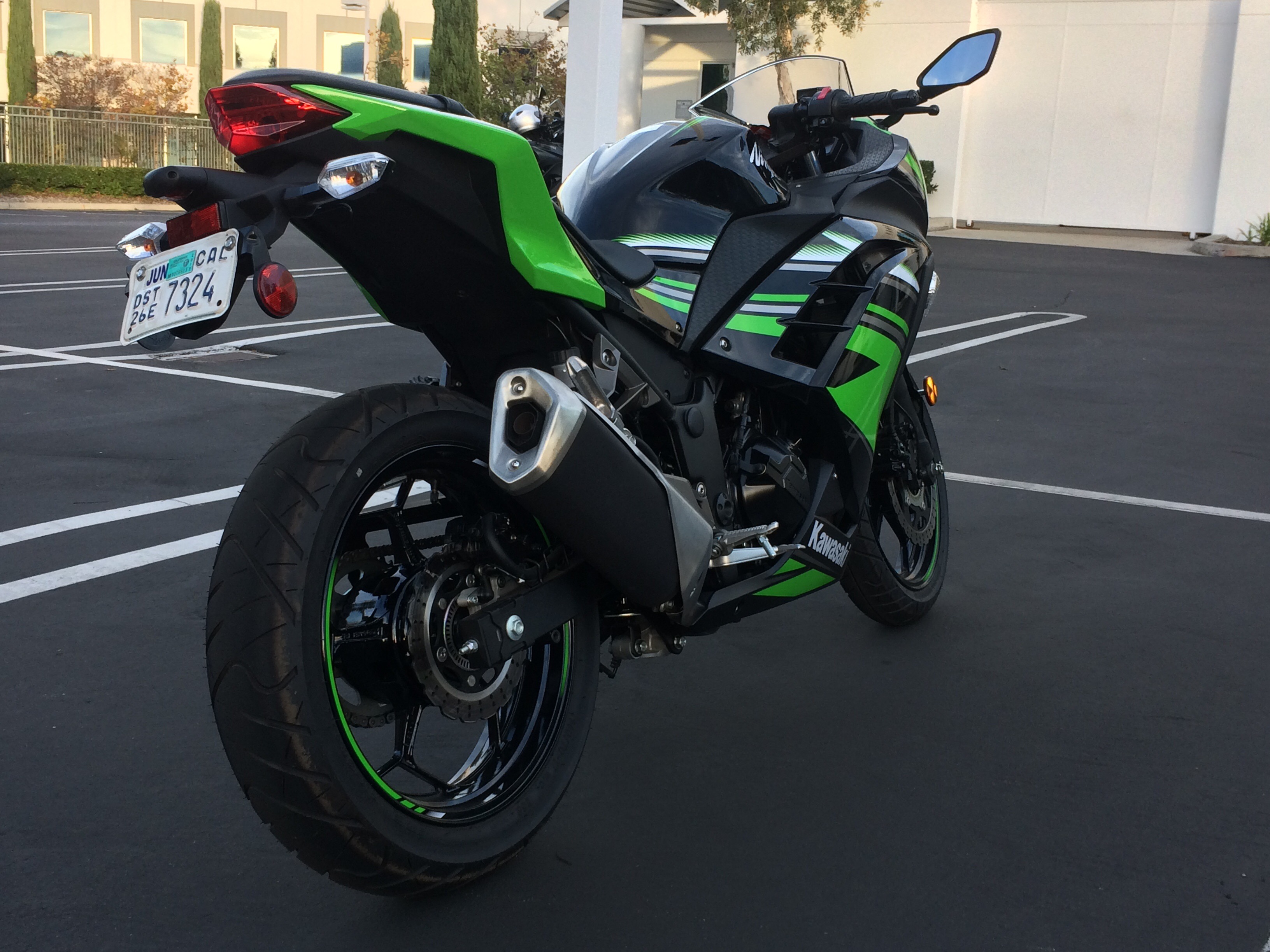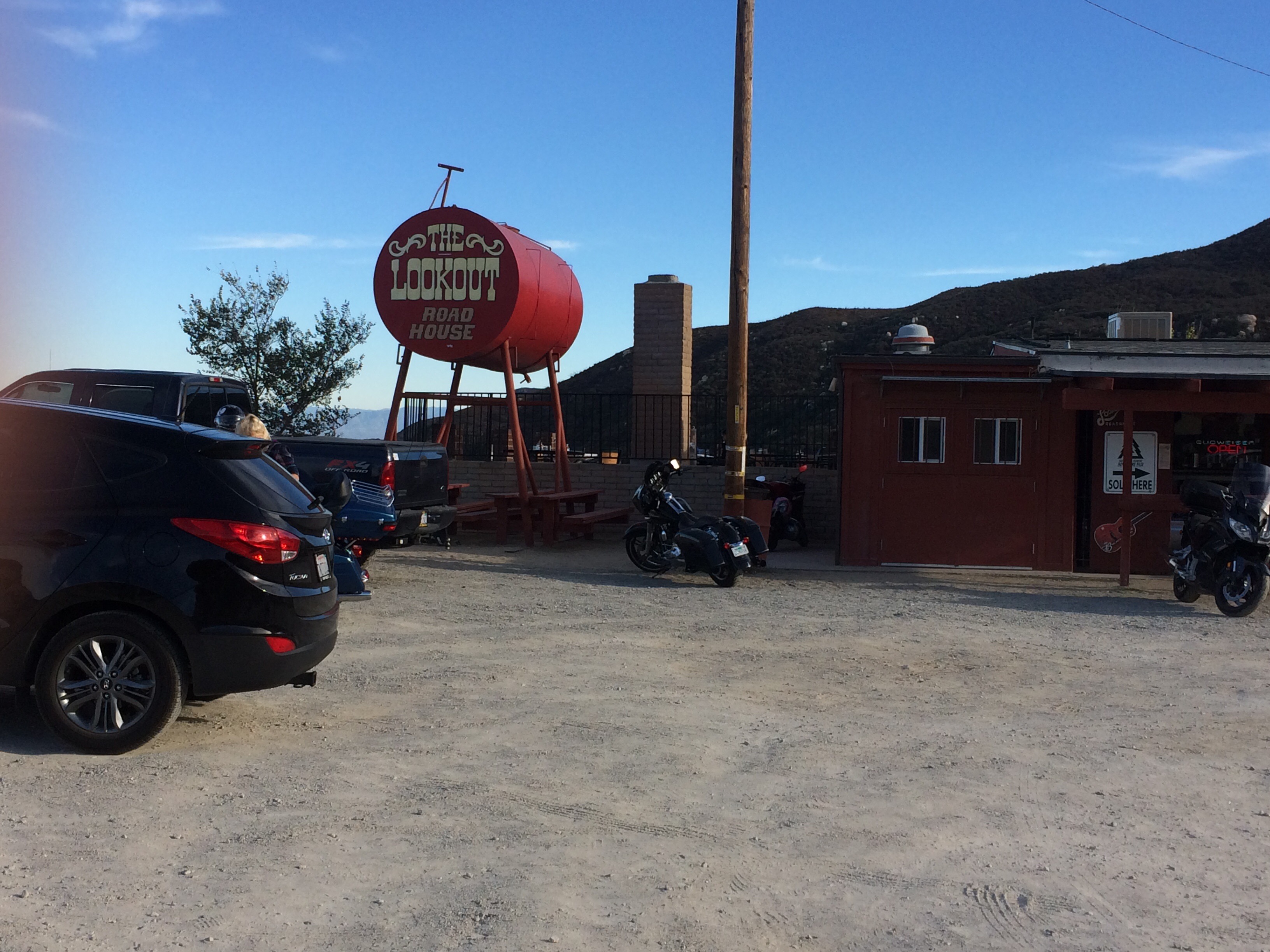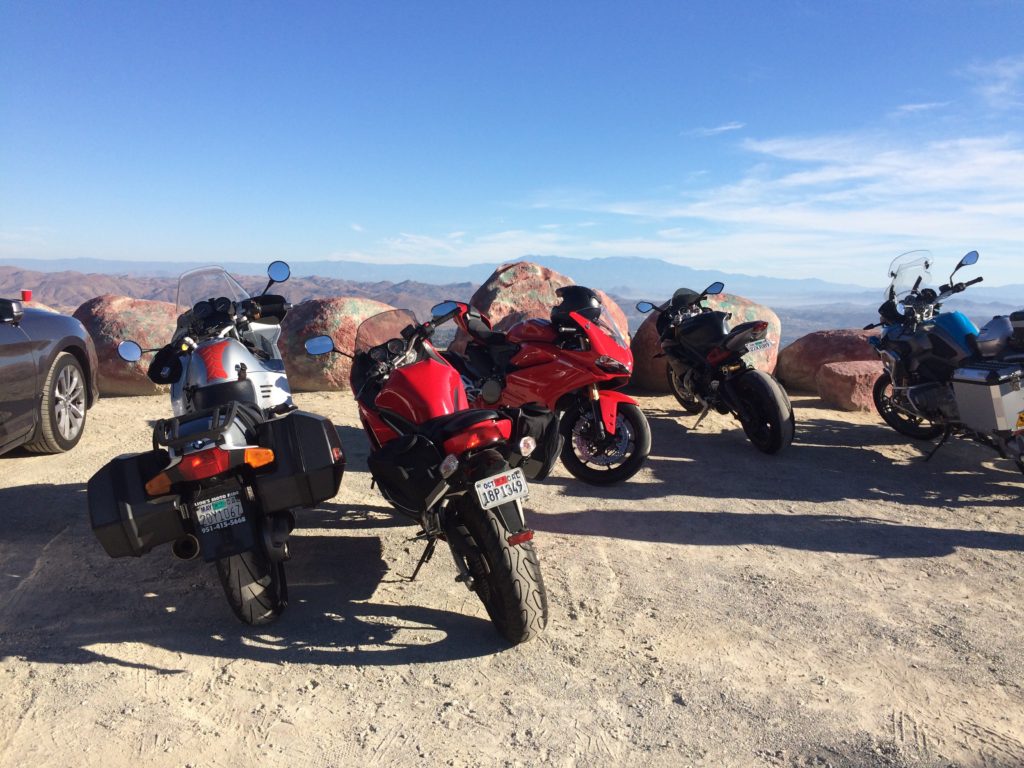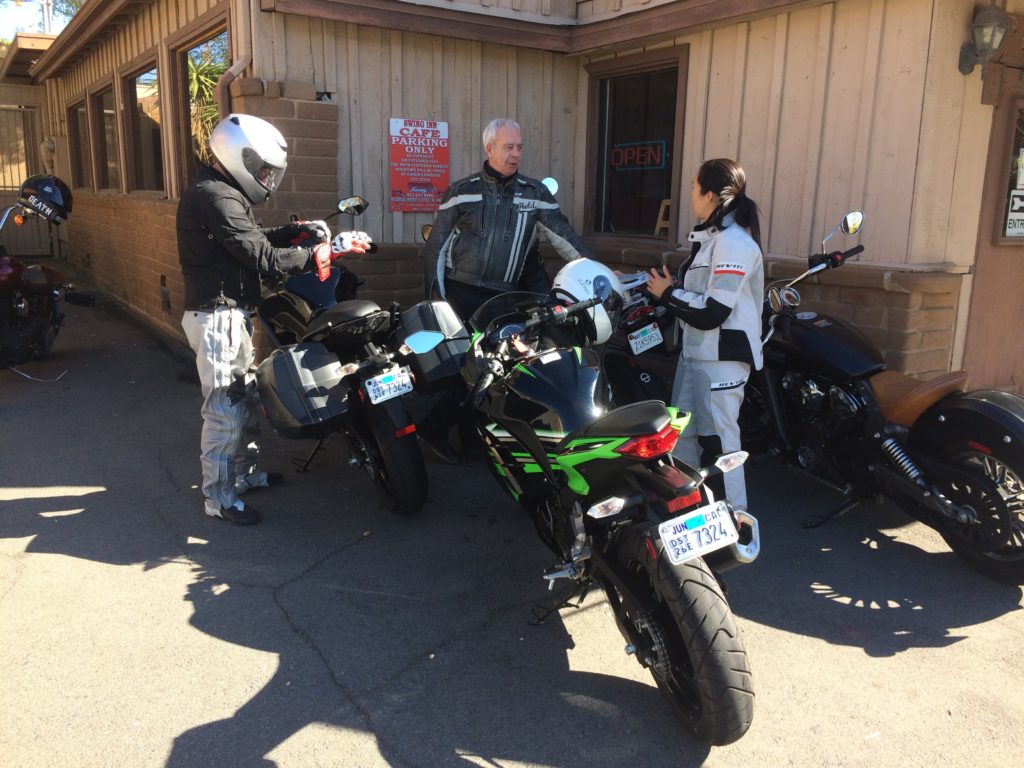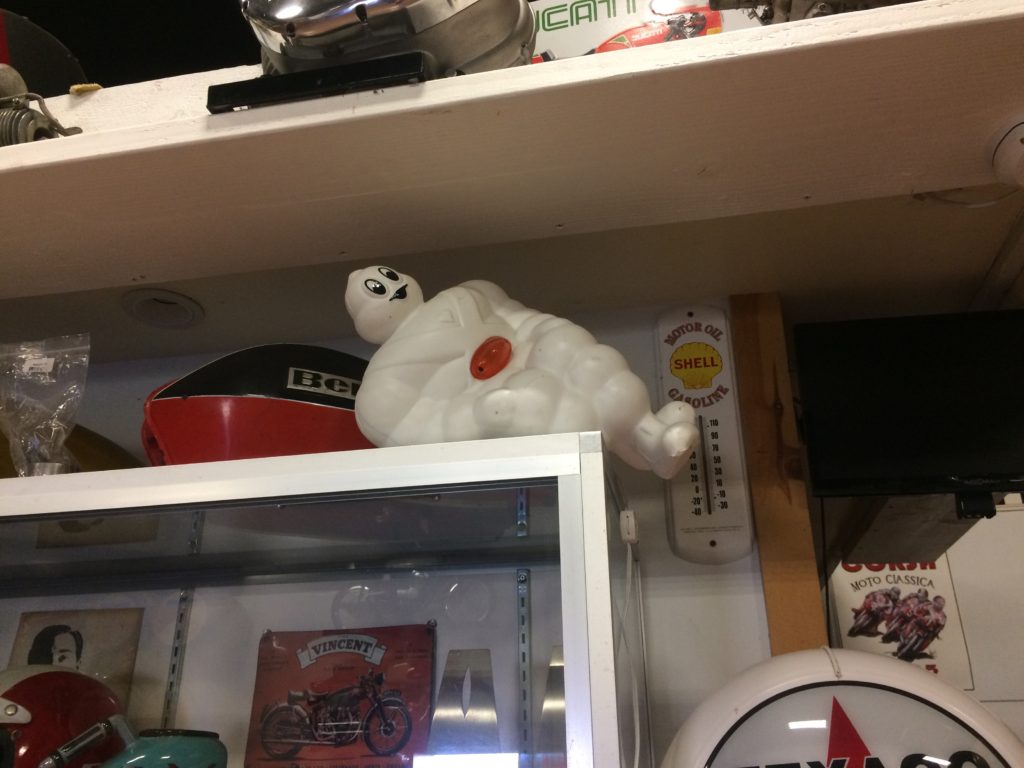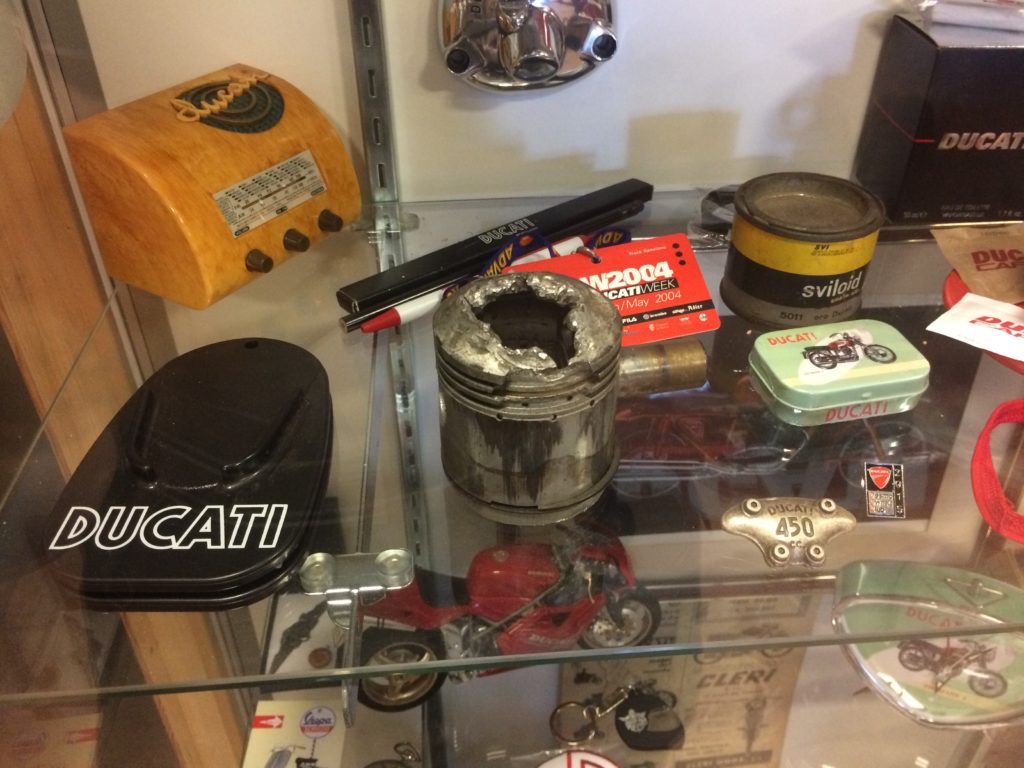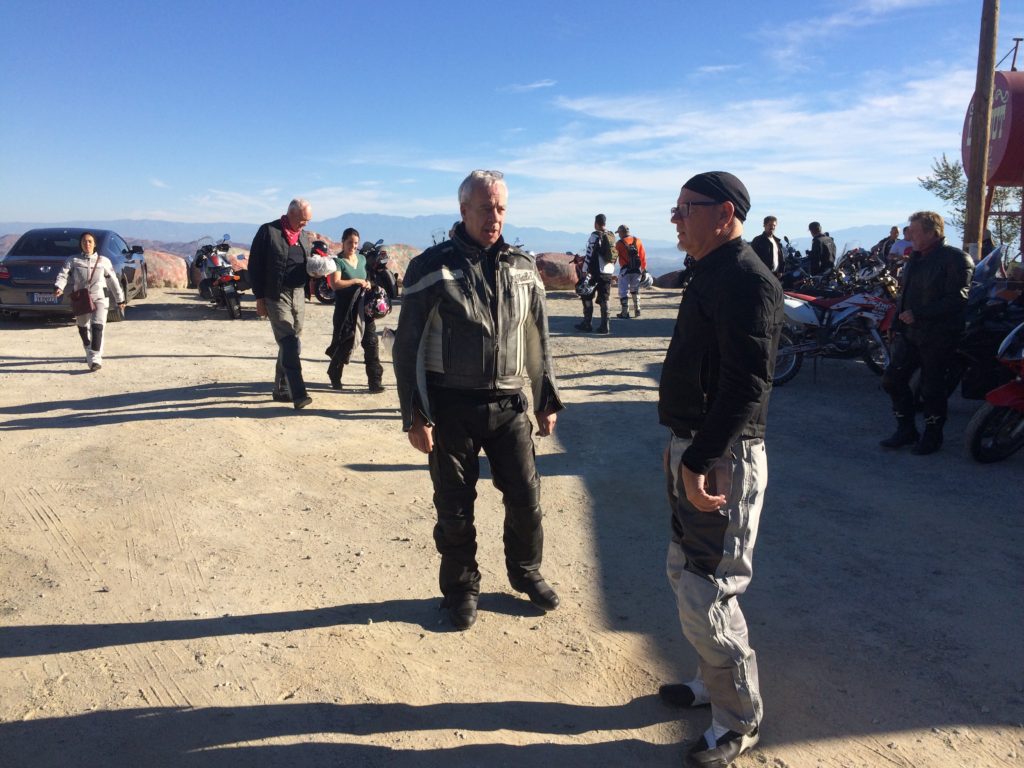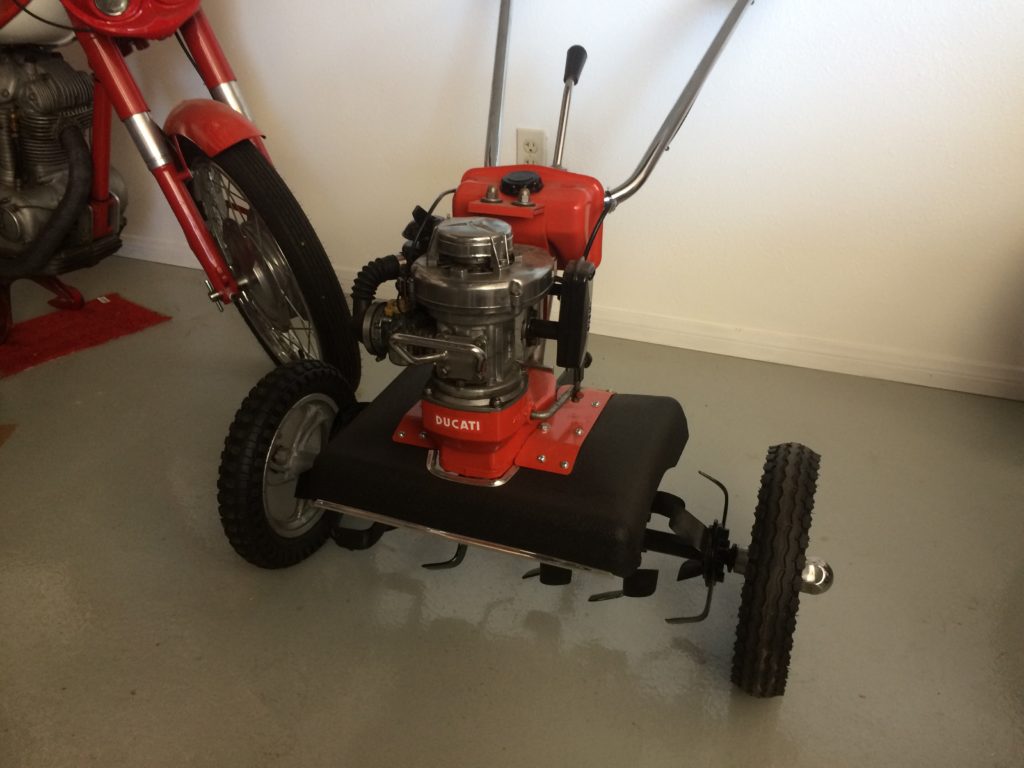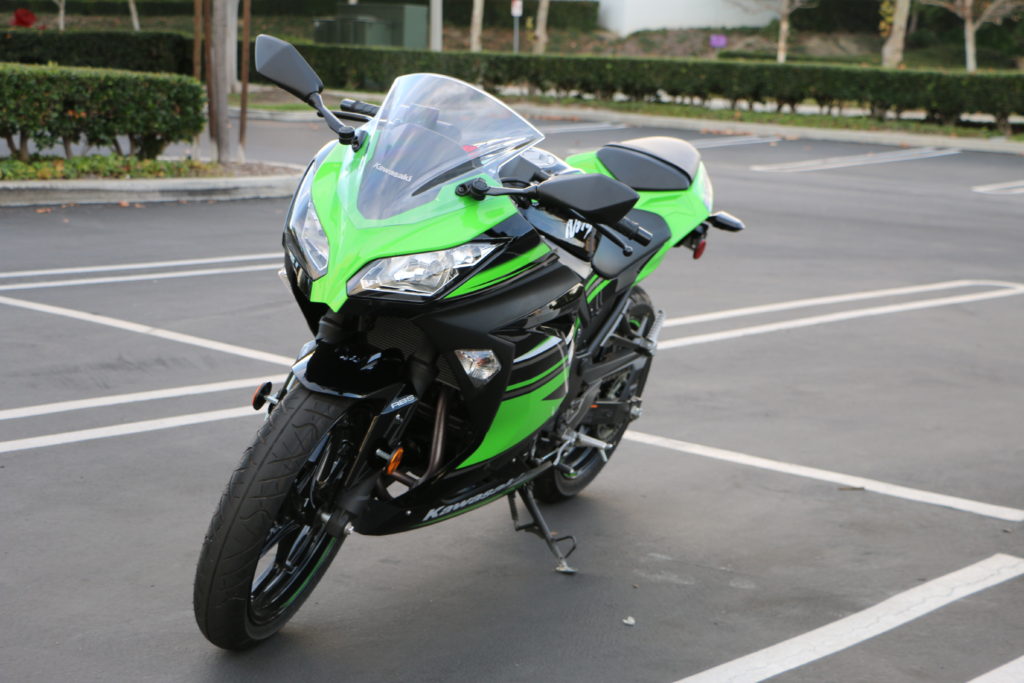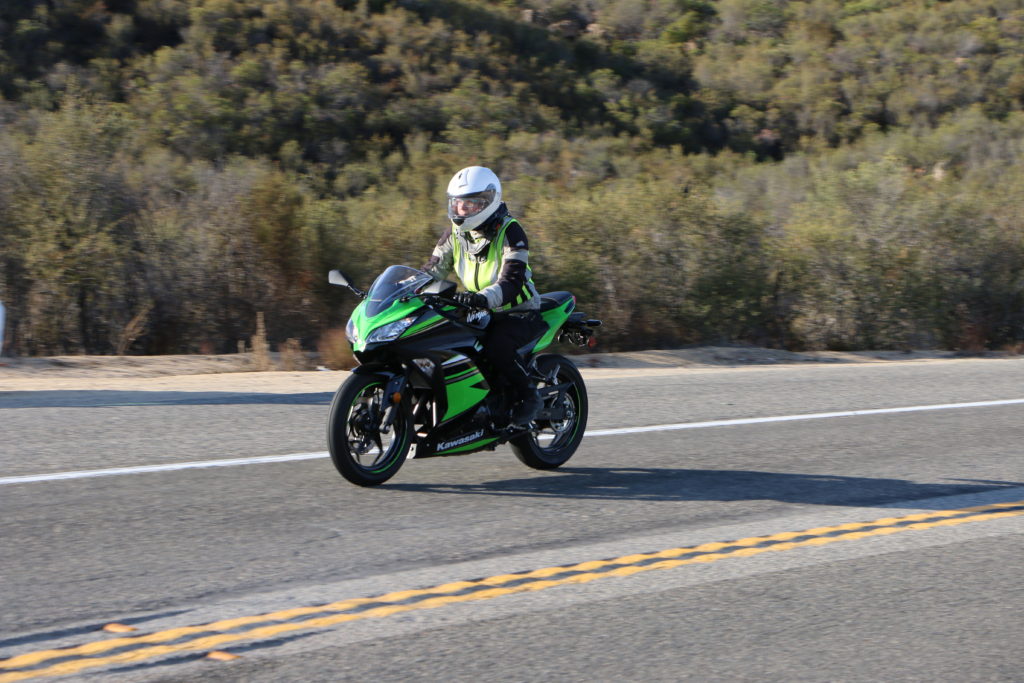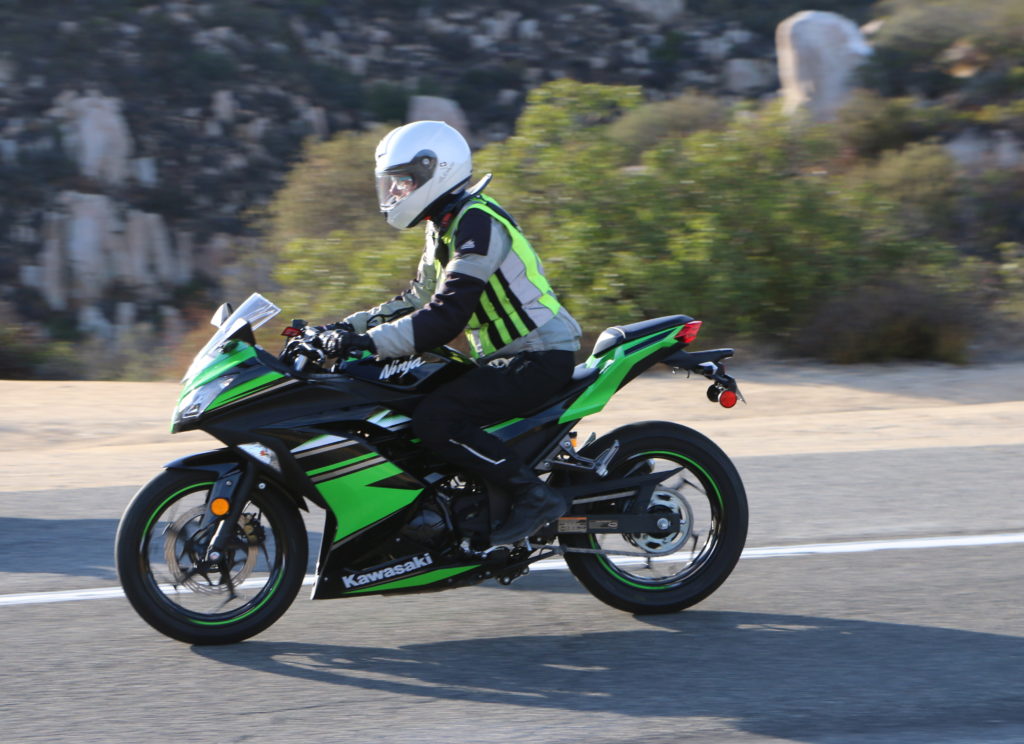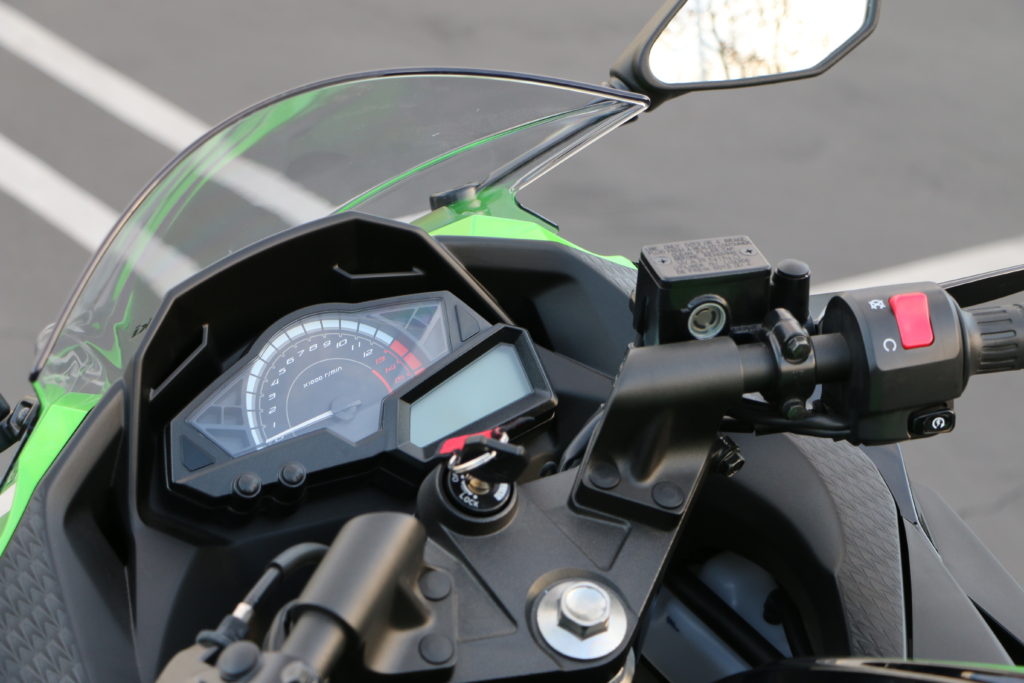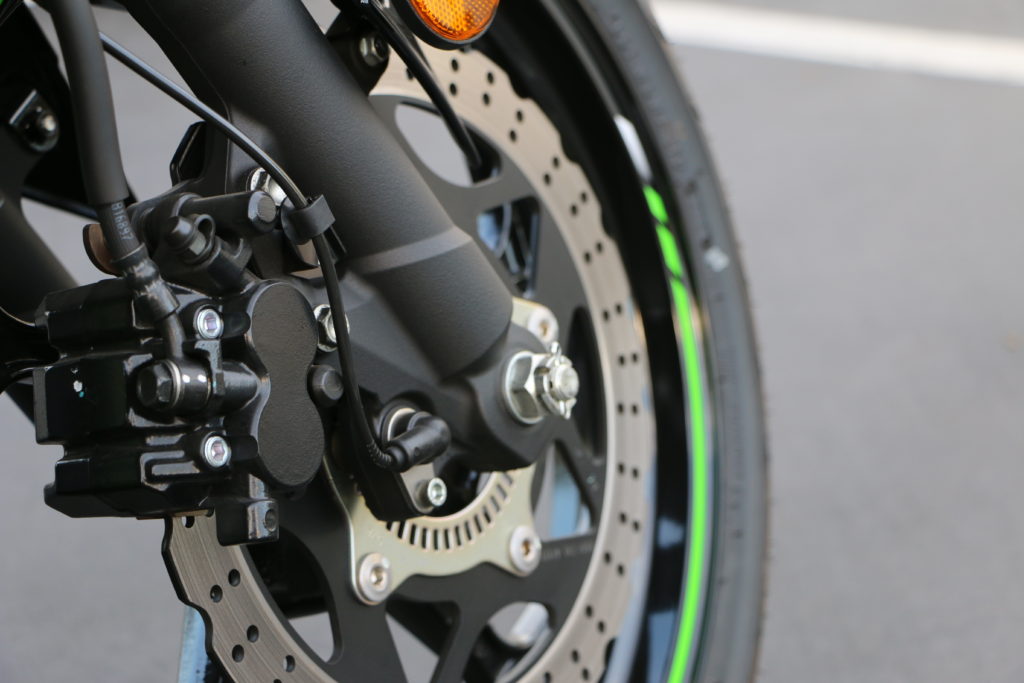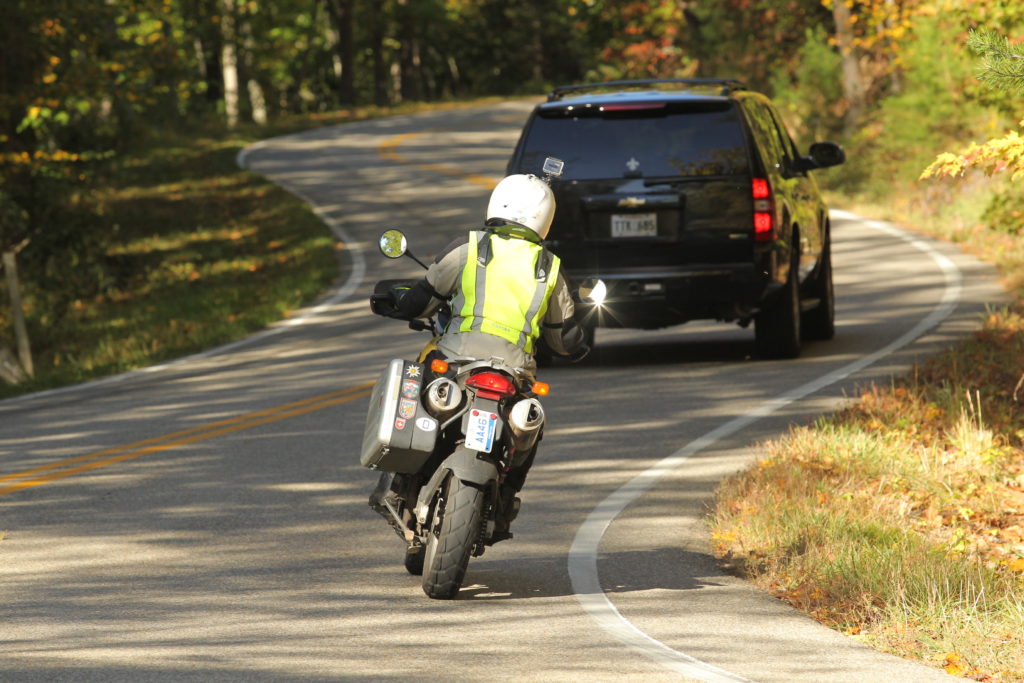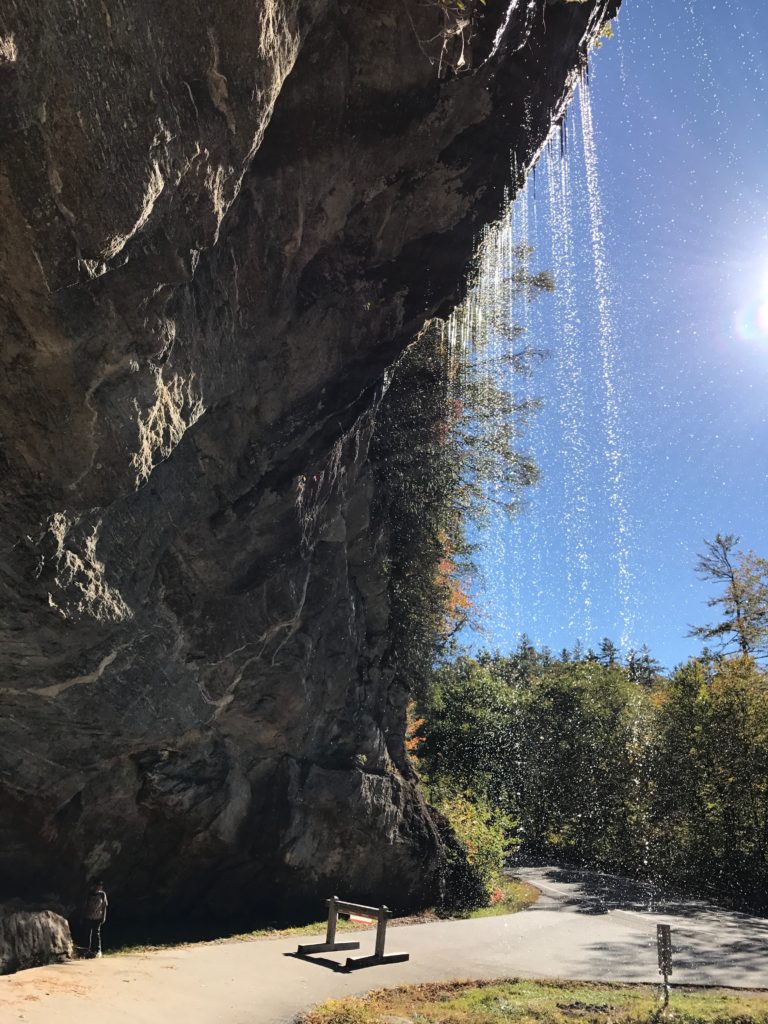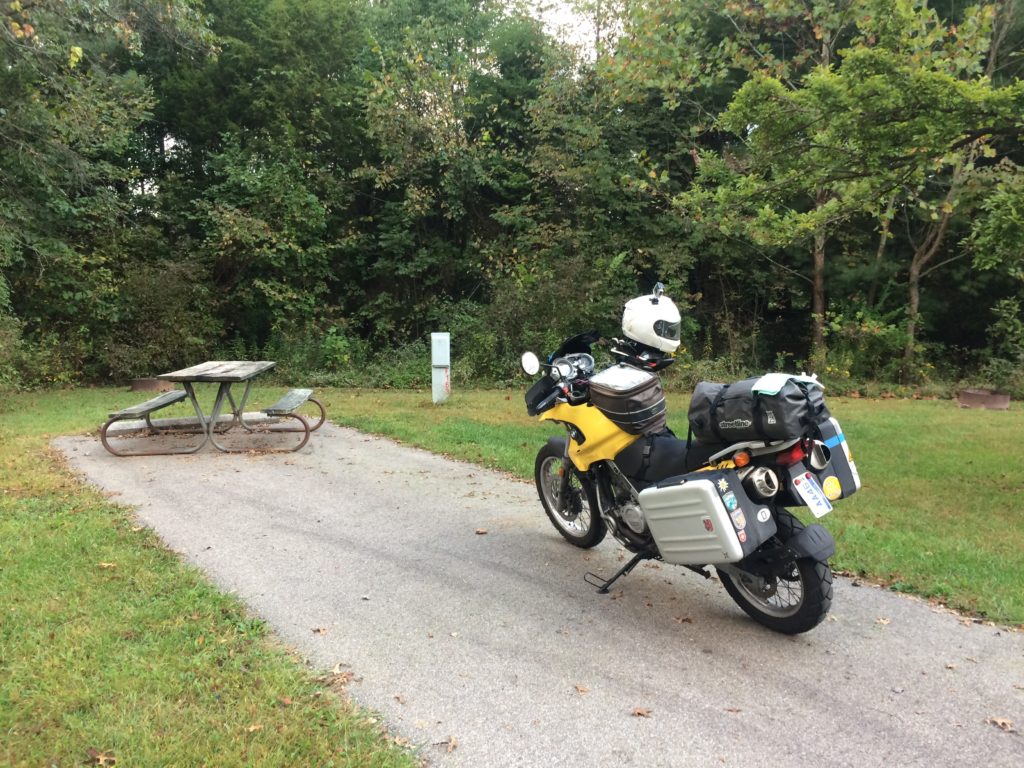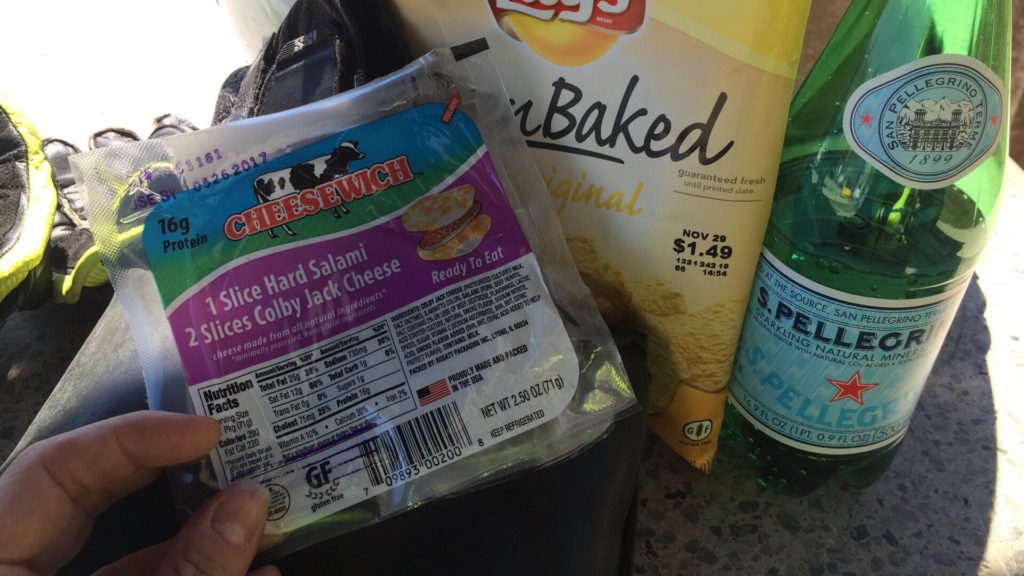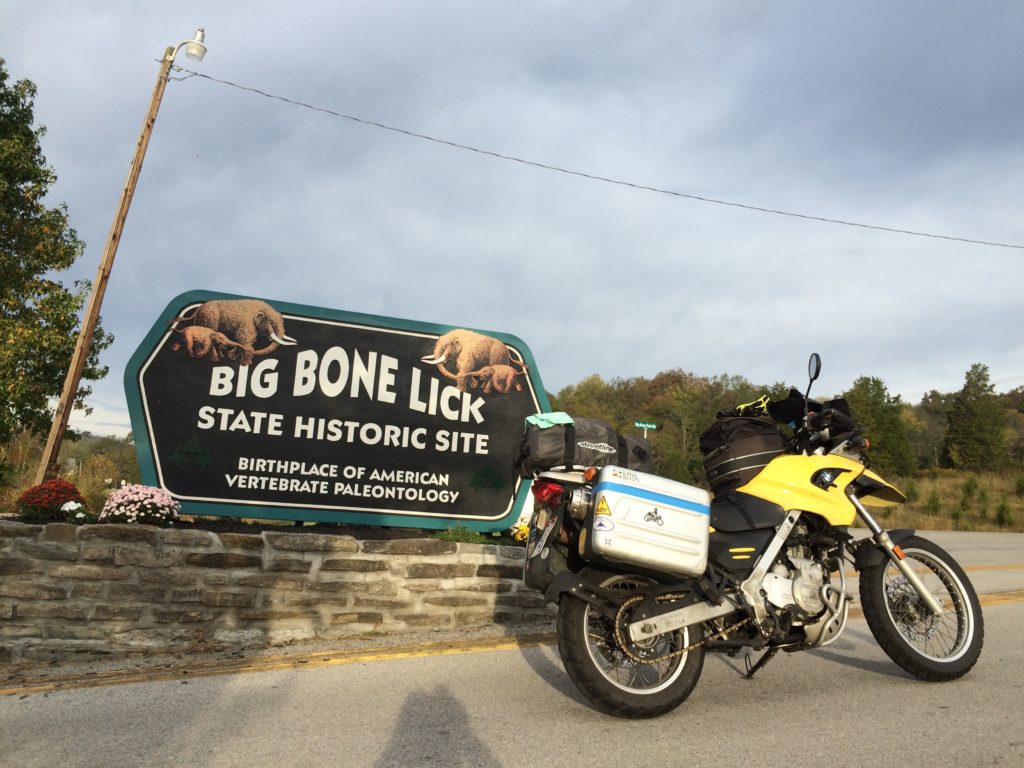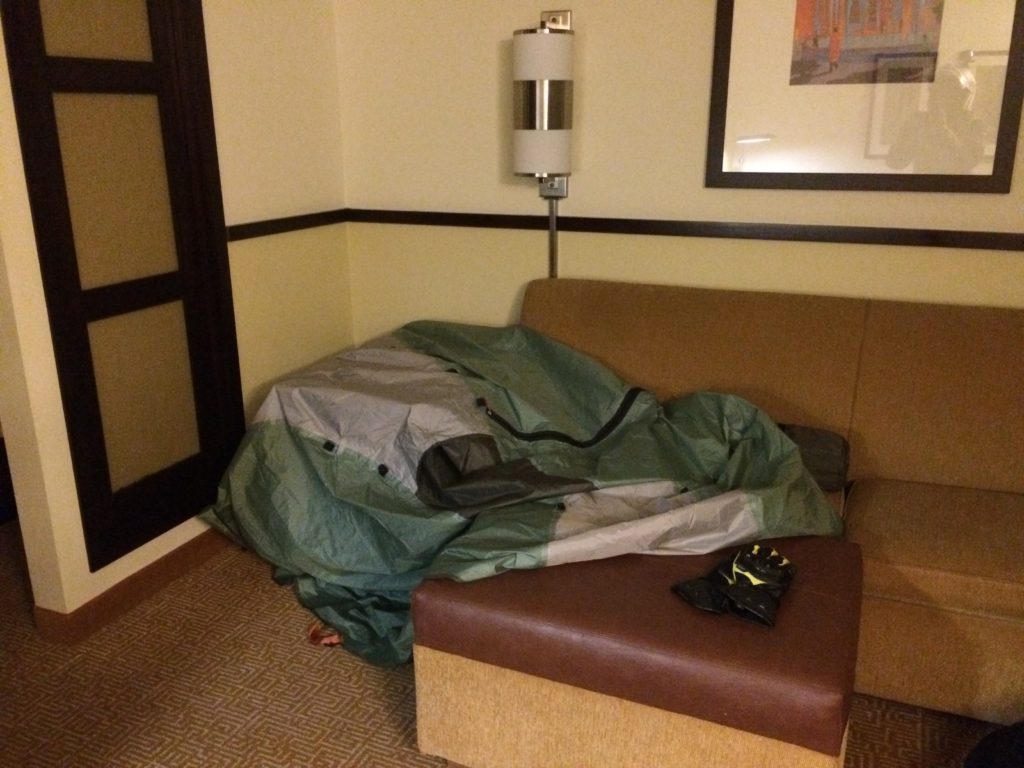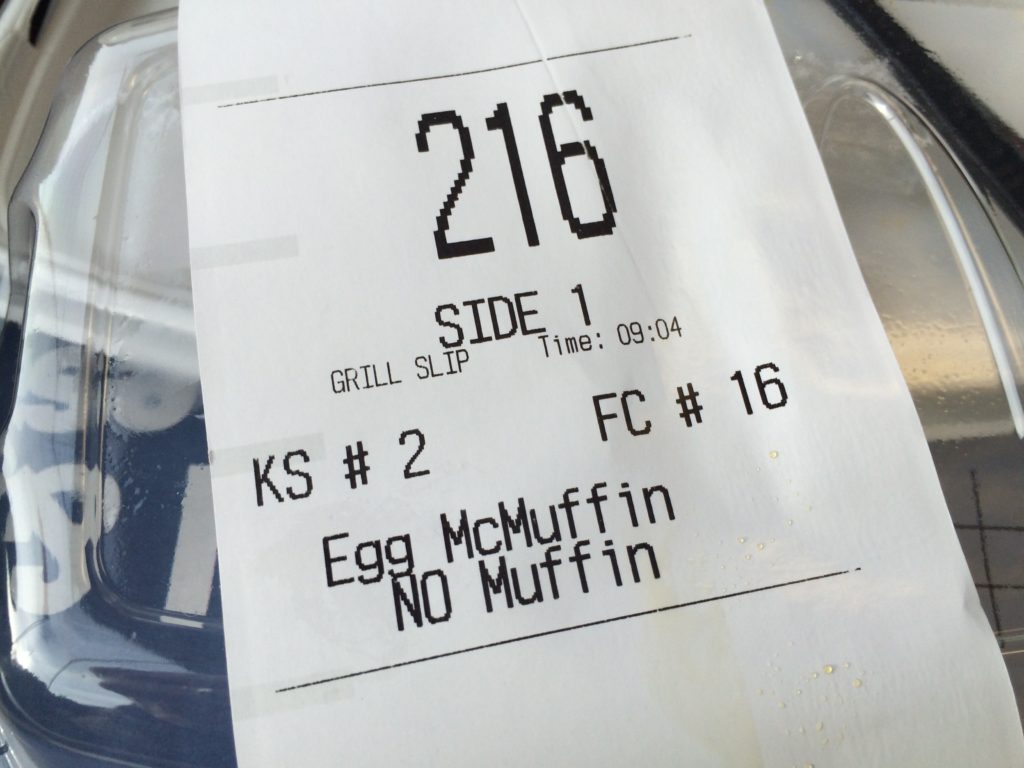It was catalyzed by an innocuous Facebook memory. A, by all rights and measures, good and wholesome Facebook memory. It just happened to hit right when it was most difficult to parse. It was welcome, but it opened up an entire level of weird that I was not really prepared for.
They say that true friendship means no boundaries. I disagree with this rather firmly. I feel that instead, true friends do not need to invest in securing their boundaries with each other. A boundary can be as simple as a line in the sand or a pencil line on paper. Even a Sharpie would be more than what is required to maintain a boundary with a true friend, because a true friend respects the boundary regardless of what it is constructed of.
Others require boundaries made of bricks and mortar, of hardened steel. Boundaries that must be invested in, carefully maintained, tended to. These types of boundaries are high maintenance. Without constant reinforcement, they can crumble. We can be hurt or damaged if we cannot maintain these boundaries. It’s why we learn to avoid toxic people – the effort required to maintain those boundaries saps us to the core and the risk is too high. We walk away, as much as we have the power to do so.
Things had been weird between me and the apologist for a while, and frankly, I wasn’t even sure I understood why. The apology brought it all rushing back. A boundary that I had assumed to be just fine in its pen-on-paper state had been crossed. The apologist had tried to kiss me. Cognitive dissonance of the highest order – the whole goal of being friends was to trust that even fragile boundaries would hold. And there I was, on the wrong side of that assumption. Not mad, but disappointed and sad.
I have to admit, I am a virtual expert at avoiding kisses. I’ve never given it much thought, and it’s mostly in light of #MeToo that I realize how horrible it is that I possess such a skill. The mere fact that I actually have a technique for it should be a huge red flag about our culture. I’ve always assumed it was simply a fact of life – people will try to kiss you. No. That is WRONG. I wave my left hand with its shining band of gold – how could anyone miss it, it’s a mile wide and studded with diamonds – and turn down and away. Before I had my golden defense, I simply avoided as much contact as possible, due to the risk of, well, contact.
The apology brought the event back to my mind. I’d successfully blocked it out to the point of not remembering how or why things got weird. The return to the forefront made things only weirder. More cognitive dissonance. I want the event to not have happened at all. The good memory was of a day of buddy stuff, the stuff that you rely on respected boundaries and mutual trust to really make the most of. It was a good day, a day that I wanted to do over again because it was so good. But it ended weird. And now it is weirder.
I’m glad to receive the apology, it’s the first step to moving on. I believe it is not only sincere, but thought about and given after careful consideration. I believe my apologist means it and means to repair our friendship as best they can. I am fortunate that the only injury was to the effortlessness of the friendship, and that there was no power at play. It doesn’t remove the mark, though. It doesn’t remove the bricks I had to add to my boundary, the reinforcements that I had to invest time into. I have to decide now how to approach my investment in this boundary – will it be worth trying to negotiate a new construction, or will it be too weird to think about? How will I know what enough is? It’s already more work than I want it to be just to type it all out. I don’t want to throw away the good stuff, but I have no good model for how to process the one thing that fogs it all over. It doesn’t feel good.
I cannot imagine what it is like to hear an apology from someone who used power to smash a personal boundary. It’s got to be the most empty feeling in the world.


